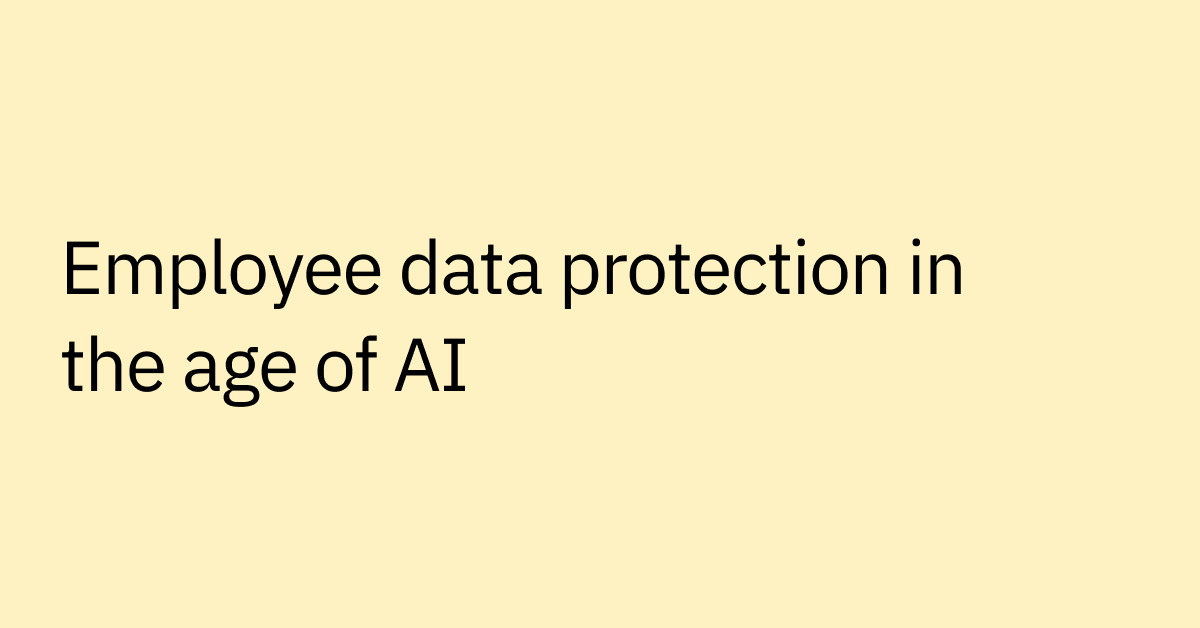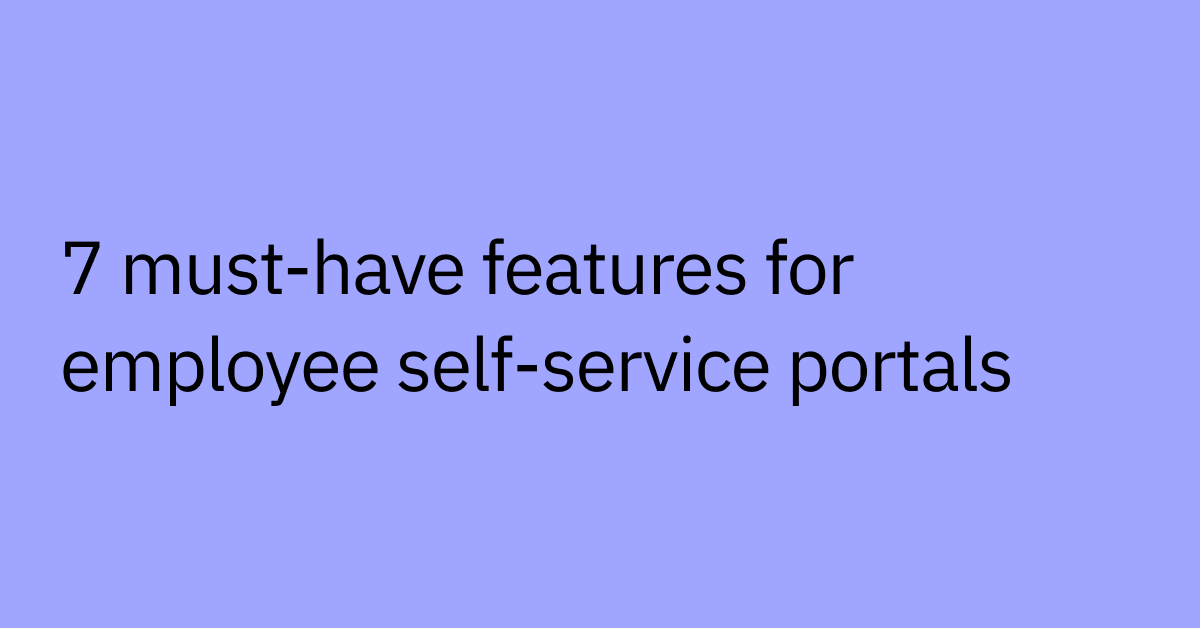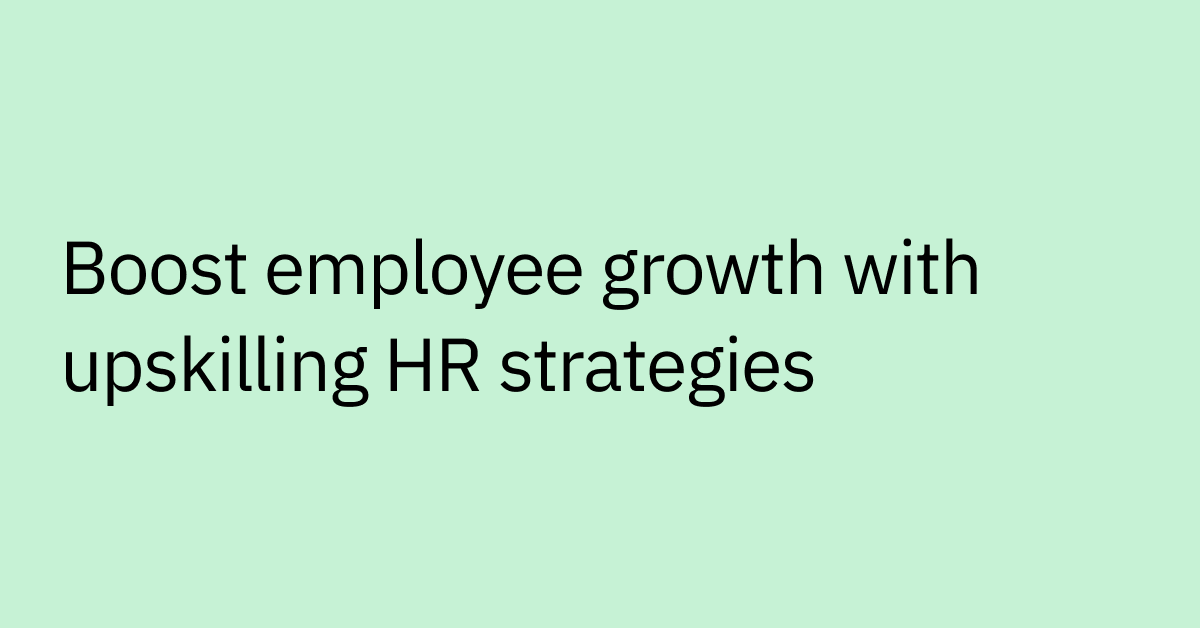Table of contents
Highlights
- AI agents turn natural language requests into efficient automated actions, reducing manual work and complexity
- They overcome the rigidity of traditional automation by understanding intent, adapting to change, and making real-time decisions without constant re-scripting or human oversight, but still require human oversight in high-risk or compliance-sensitive workflows.
- AI agents enable true end-to-end process automation, handling dynamic, cross-system workflows and proactively resolving issues before they slow down operations.
- They allow developers and knowledge workers to build and deploy custom AI agents quickly, often with low-code or no-code tools, which speeds up innovation and automation rollout.
- AI agents thrive where legacy automation fails — in unstructured, nuanced, and multi-step scenarios that require context awareness, adaptability, and learning over time.
- Moveworks delivers scalable, enterprise-ready AI automation with out-of-the-box integrations and low-code customization, reducing maintenance burden across the business.
For years, businesses relied on traditional rule-based automation tools to speed up repetitive tasks. While helpful, these systems often require time-consuming upkeep to stay useful. Every time a process changes or a tool is updated, someone has to go in and re-script the logic.
AI agents give you another way forward.
Instead of needing to hardcode every rule, they are able to improve over time, understand user intent, and make real-time decisions, even as your tools, processes, and priorities evolve. They’re built to adapt: they’re designed to automate work across functions, systems, and teams with far less maintenance burden.
And the demand for this adaptability is growing. According to PwC’s AI Agent Survey, 79% report AI agents are already being adopted in their companies.
Whether you work in ITOps, data analytics, or process automation, you’re excited to understand how AI agents can dynamically automate workflows, manage tasks across siloed systems, and accelarate processes – unlocking efficiency and freeing your teams to focus on what matters.
What AI agent-powered automation really looks like today
When we talk about agentic automation, we're referring to AI agents that can act with a degree of autonomy to achieve a high-level goal. Unlike traditional automation, which is rigidly rule-based, agents can operate without constant human oversight.
These AI agents are:
- Dynamic: They can adapt to new information and change their plan without being reprogrammed.
- Goal-oriented: They can break down a complex objective into smaller tasks and figure out how to accomplish them.
- Self-improving: They can adapt to new situations, fix mistakes, and optimize their actions over time.
Think of it this way: Task automation does one thing faster (like sending an email), and workflow automation connects several tasks together (like onboarding an employee).
An AI agent, on the other hand, is able to handle an entire process from beginning to end, even if the steps or systems change along the way.
Why traditional automation doesn’t scale
Rules-based automation and workflow builders can be great, right up until they hit their limits. Similarly modern RPA with AI and process mining tools can help, but are less flexible and more resource intensive to build and maintain. The cracks usually appear when business processes grow more complex, systems evolve, or teams need to move faster than the automation can keep up:
- Constant maintenance of scripts and logic paths: Every change in a user interface, data format, or system logic can break existing scripts. That means continuous tweaking, testing, and redeploying, pulling resources away from more strategic work.
- Limited ability to handle ambiguity or nuance: Creating rules for every situation quickly spirals into unmanageable complexity, leading to even more maintenance for complex workflows.
- Lack of flexibility when tools or processes change: Shifts in software, workflows, or regulations can render entire automations obsolete, forcing costly rebuilds of agent systems.
- Difficulty scaling across teams, applications, and systems: Automations often live in departmental silos, making it hard to connect processes, share data, or adapt to organization-wide changes.
- Inability to learn from past actions: Traditional automation executes commands but doesn’t learn or improve over time, meaning errors or inefficiencies can be repeated unless humans intervene.
AI agents change the equation by being less rigid, more scalable, understanding context, and capable of adapting to your business needs and processes without retraining.
AI agents create proactive automation workflows
Most legacy automation tools are rule-followers. They do exactly what you tell them, and nothing more. They can’t read between the lines, predict what’s next, or connect systems without a human in the loop.
AI agents work differently. They think in context, pull the right levers across tools, and adjust instantly when priorities shift. The best part?
AI agents can spot potential issues early and fix them before they slow anyone down. This is how AI agents can greatly reduce the need for human intervention in complex or high-risk workflows
Here’s how that plays out:
- Understanding intent, work across channels: Whether a request comes in via chat, social media, email, or an employee portal, an AI agent can interpret what’s needed, even if worded informally ('I spilled coffee on my laptop' or 'I can't hear anything in the conference room'), and take action immediately. This is because they understand natural language (NLP) and retain context and interaction history even when a user switches channels.
- Pulling data from multiple systems: Need your PTO balance from Workday and a door access update from Okta? An AI agent can use APIs to fetch information from both, validate permissions, and respond with a single, complete answer.
- Resolving in real time without a ticket: For routine but high-impact needs, the agent can act instantly. For example, if an employee’s VPN access fails, the agent could diagnose the problem, reissue credentials, and confirm resolution all in one interaction.
This orchestration works because AI automation tools easily handle unstructured, dynamic tasks, navigate multi-step, cross-system processes without rigid scripts, and deliver on high-level, goal-oriented directives. Instead of automating a single step, they automate outcomes.
Imagine a sales manager messaging, “I need to onboard a new rep by Monday.” The AI agent could:
Create the user in the HR system.
Set up accounts in customer relationship management (CRM) software, Slack, and email.
Schedule product training and add the rep to the right distribution lists.
…And it can do all of it without the manager touching a single workflow tool or opening a ticket.
Providing a fix when automation becomes a bottleneck
Even the most carefully designed automation can grind to a halt when the real world throws in an exception. Legacy systems tend to struggle here because they’re rigid, rule-bound, and can’t easily adapt to new inputs or unexpected situations. This rigidity leads to a few common pitfalls:
- Approval delays when workflows break: A simple hardware request can sit in limbo if the approver is out of office or the approval step fails. An AI agent can detect the stall, follow up with an alternate approver, and push the request through, keeping work moving instead of waiting days for a response.
- Employees bypassing tools out of frustration: If a self-service portal can’t handle a request submitted via Slack, users often revert to manual emails or calls. An AI agent removes that friction by working across channels (chat, email, and portals) so employees can interact however they prefer, without breaking the process.
- Siloed systems and data gaps: Omnichannel IT support often falls apart when systems can’t “talk” to each other. If a user reports a laptop issue via Slack, but the workflow only updates tickets created in the portal, data gets lost. An AI agent can sync these updates across Slack, email, and the ticketing platform in real time.
With an AI agent, the difference is adaptability.
- For unstructured and dynamic tasks: An AI agent can interpret the context of a support ticket, even if the format changes, pull the needed data from HR and IT systems, and resolve it on the spot.
- For multi-step, cross-system processes: It can run an end-to-end onboarding process, creating accounts, assigning permissions, and scheduling training while dynamically fixing missing data.
- For high-level, goal-oriented work: If tasked with “reducing onboarding time,” the agent can analyze process bottlenecks, rewrite communication templates, and coordinate training updates without human micromanagement.
Instead of being another rigid link in the chain, AI agents become the flexible problem solvers that keep automation flowing, no matter the complexity.
AI agent automation use cases
AI agents save time and money across departments by automating high-volume, repetitive tasks:
IT use cases
- Password resets: Instantly verifies identity and resets passwords, reducing IT tickets
- App provisioning: Grants access to tools like Salesforce or Okta based on role, no manual setup needed
HR use cases
- Policy surfacing: Answers questions like “What’s our remote work policy?” by pulling from knowledge bases
- Onboarding: Sets up accounts, assigns training, and sends welcome emails across systems, streamlining end-to-end workflows
- HR FAQs: Resolves common queries like “How do I update benefits?” in real time using natural language
Sales use cases
- Meeting summaries: Generates notes from Zoom calls, saving reps time
- Meeting URLs: Creates and shares calendar links instantly
- Action items: Pulls tasks from meeting notes and assigns them in CRMs
While AI agents are purpose-built for these repetitive use cases, there are also more complex, higher-value initiatives across enterprises that can benefit:
- IT Ops & incident management: Diagnosing issues, escalating, and triggering fixes across systems
- Employee productivity: Removing bottlenecks in daily workflows by resolving requests instantly
- Seller productivity: Freeing sales teams from admin work so they can focus on closing deals
- Talent acquisition workflows: Coordinating interviews, collecting feedback, and sending candidate updates without human follow-up
- Expense management: Processing and approving expense claims automatically, flagging exceptions with AI capabilities
- Employee time off & time tracking automation: Approving leave requests, updating calendars, and logging hours with zero manual input
Each of these tasks happens dozens or even hundreds of times a day in large organizations. Resolving them instantly with AI agents drives massive, measurable productivity gains across the business.
How AI agents use LLMs, APIs, and data integrations to automate employee support
When you think about employee support at scale, the breakthrough isn’t just LLMs meeting APIs — it’s the combination of language understanding, enterprise data access, and orchestration.
- Large language models (LLMs) bring the ability to parse and generate natural language with context.
- APIs and integrations act as the bridges into business systems — CRMs, HR platforms, ticketing tools, knowledge bases, and beyond.
When paired with safeguards, these powerful tools enable AI agents that don’t just respond to questions but also take informed action inside enterprise workflows.
They connect the dots between systems, channels, and context
Traditional automation is rigid, like train tracks: predictable but limited. AI agents, powered by LLMs and integrations, behave more like GPS — continuously reinterpreting context to adjust the path.
Here’s what sets them apart:
- Context synthesis: LLMs can pull details across CRMs, ticketing systems, and knowledge bases via APIs to build a full view of the request
- Nuanced understanding: They interpret intent, tone, and implied meaning — not just keywords
- Adaptive workflows: They handle requests that don’t fit neatly into predefined rules, escalating to humans when needed
Example: An employee messages the support chat about a refund. An advanced AI agent could:
Retrieve the order history from the CRM.
Check eligibility against policy.
Initiate the refund through the payment system.
Confirm completion with the employee — without waiting on a queue.
This architecture enables:
- Real-time resolution: Less time stuck in ticket queues
- Personalized support: Context drawn from history, permissions, and role
- Cross-system orchestration: Multiple platforms working together without extra human overhead
And it scales beyond customer service — into internal IT, HR, and finance support — making AI agents versatile across use cases.
They generate human-like responses while operating within enterprise guardrails
The real shift is in how AI agents communicate and act. Generative AI allows them to respond in natural, conversational ways while executing workflows securely in enterprise systems.
Here’s how responses are produced:
- Dynamic adaptation: Every reply factors in the user’s request, available data, and company policies
- Personalization at scale: Responses adjust to an employee’s role, past activity, and location
- Enterprise integration and control: All actions stay within approved systems, respecting compliance, security, and permissions
Example: Instead of a scripted chatbot saying, “Let me connect you with someone who can help,” an AI agent could say:
“I’ve submitted your PTO request based on your balance and approval flow. You’ll get a confirmation email shortly.”
That blend of natural conversation + real action is what differentiates AI agents from static bots — and why they can truly scale employee support.
Put automation on autopilot with intelligent AI agents
Legacy automation is often brittle, fragmented, and tough to scale. Scripts break, systems don’t sync, and support teams get bogged down by routine requests.
AI agents are designed to change that. They are able to improve, work seamlessly across systems, and resolve high-volume requests without every issue being routed through a human.
With the Moveworks AI Assistant, agentic AI turns process gaps into proactive automation opportunities. Our AI Assistant delivers out-of-the-box automation for IT, HR, sales, finance, and more using natural language understanding, contextual awareness, and plug-and-play integrations.
These capabilities expand even further when paired with Agent Studio, giving employees a single hub to access information and complete tasks across any enterprise system. Moveworks AI agents can:
- Surface answers from enterprise tools without requiring exact keywords.
- Trigger approvals or escalations automatically based on context.
- Reduce reliance on hard-coded workflows.
Unlock the potential of secure, enterprise-ready AI agents at scale with Moveworks’ AI Agent Builder and transform your workflows.



